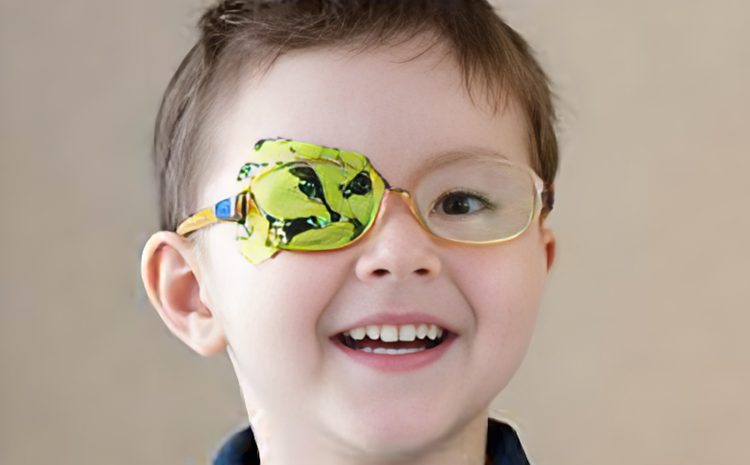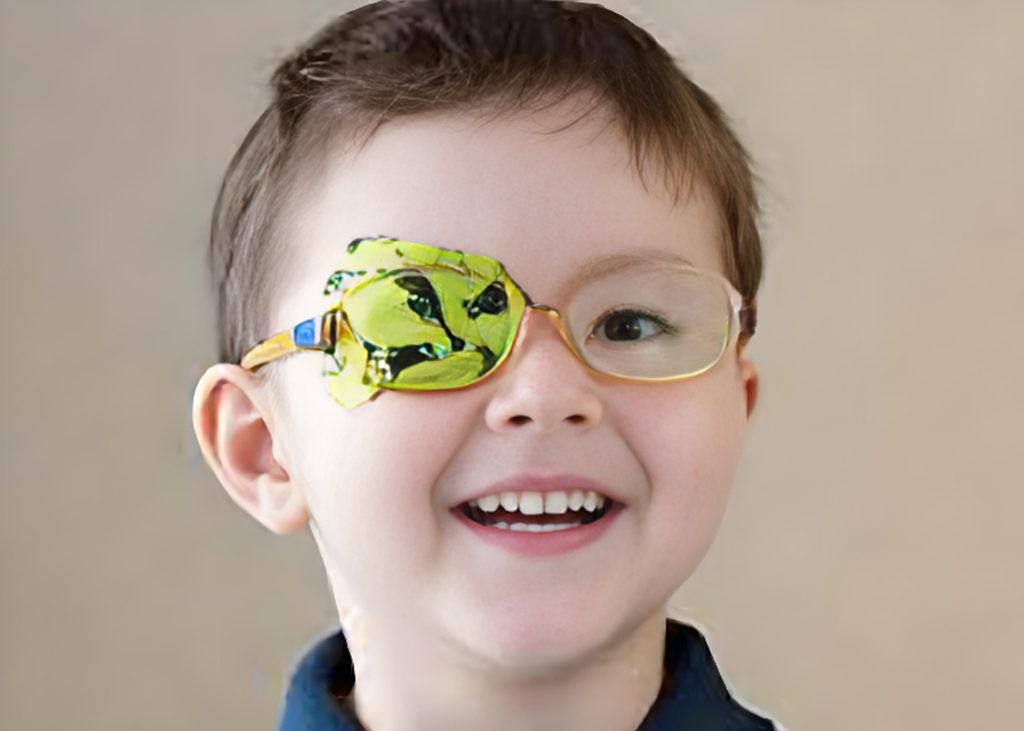
Amblyopia
When a child is looking at something, if one eye is weak, the brain of the child automatically uses the healthy eye. With time passing, the brain minimizes or stops the use of unhealthy eye. Thus the affected eye weakens irreversibly and cannot see even with glasses. This weakness is called Lazy Eye or Amblyopia. Lazy Eye is usual in one eye but it could be seen in both eyes as well.
Causes: The vision center in the brain develops from gestational life to around 10 years of age, however, the most significant development is till 3 years of age. If the child’s vision problem is diagnosed and treated until 5 years of age, the vision could be restored even if Amblyopia has occurred. As much as the treatment is delayed after 5 years of age, the outcome of the chances of the effectiveness of the treatment reduces. The hope for the effectiveness of the treatment and restoring vision reduces or finishes after 7-10 years of age or above.
Eye weakness differs from Lazy Eye. A lazy Eye occurs as a result of a weak eye if left untreated. Lazy Eye is the laziness of the vision center in the brain which is curable if treated timely. If it is not treated, it will cause permanent vision loss or blindness which will not be treatable and could not be corrected with glasses. Some other diseases that cause vision loss i.e. cataracts, squints, etc. can also cause Lazy Eye.

Signs and Symptoms: Lazy Eye usually occurs at 6 years of age and is noticed by the parents. Sometimes it could not be noticed by the parents. At the age when a child cannot understand his/her vision loss, he/she may complain of headaches or dizziness. But in the majority of the cases, the child does not have any symptoms. Sometimes Amblyopia could be diagnosed as a result of assessing another eye disease i.e. cataract, squint, etc. that causes Lazy Eye. Unilateral Amblyopia is usually difficult to diagnose because the healthy eye compensates for the unhealthy eye and the child does not feel vision loss of one eye. When both eyes are Lazy, the child may try to make himself/herself closer to objects i.e. to TV, board, book, etc. This is a sign of vision dimness to which parents should pay attention.
Treatment: Fortunately, Lazy Eye is curable if diagnosed and treated timely. Eyeglasses, Causative treatment, and Patching are important treatment measures.
Prevention: To prevent Amblyopia, the child needs to be checked by the Ophthalmologist at 3-4 months and 2-3 years of age.
Causes: The vision center in the brain develops from gestational life to around 10 years of age, however, the most significant development is till 3 years of age. If the child’s vision problem is diagnosed and treated until 5 years of age, the vision could be restored even if Amblyopia has occurred. As much as the treatment is delayed after 5 years of age, the outcome of the chances of the effectiveness of the treatment reduces. The hope for the effectiveness of the treatment and restoring vision reduces or finishes after 7-10 years of age or above.
Eye weakness differs from Lazy Eye. A lazy Eye occurs as a result of a weak eye if left untreated. Lazy Eye is the laziness of the vision center in the brain which is curable if treated timely. If it is not treated, it will cause permanent vision loss or blindness which will not be treatable and could not be corrected with glasses. Some other diseases that cause vision loss i.e. cataracts, squints, etc. can also cause Lazy Eye.

